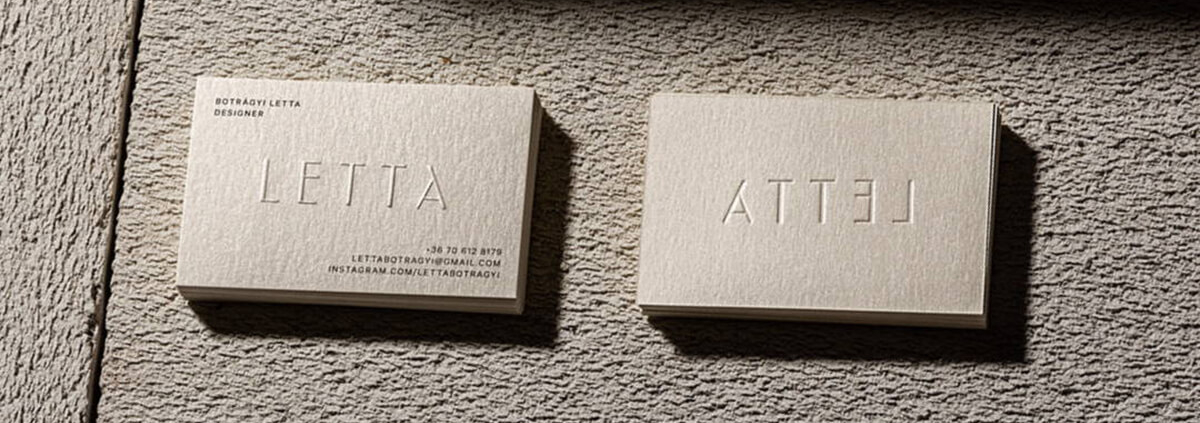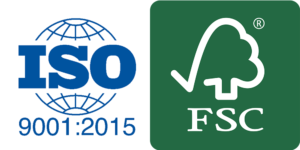Embossed vs Debossed: Choose the Best Finish for Packaging
Choosing the right finish for your custom packaging is more than just a design decision—it’s a chance to elevate your brand’s identity and make a lasting impression on customers.
When it comes to two popular options, embossed vs debossed finishes, the choice can feel tricky.
Both create stunning textures, but they offer distinct looks and tactile experiences that can dramatically impact how your product is perceived.
In this post, I’ll break down the essentials of embossing vs debossing, from the basics of each technique to how they affect the overall look, feel, and durability of your packaging.
We’ll explore which finish works best for your brand’s aesthetic, how it influences your logo design, and the cost factors involved.
I’ll also dive into how each finish interacts with different materials and how you can use them to amplify your brand’s identity, whether you’re going for bold luxury or subtle sophistication.
Plus, if you’re eco-conscious, I’ll cover the environmental impact of both techniques.
By the end of this post, you’ll have all the information you need to decide which finish will take your custom boxes to the next level!
1. What is Embossing and Debossing? A Simple Guide to These Custom Packaging Finishes
Embossing and debossing are two popular techniques used in custom packaging to create a raised or recessed design.
Embossing involves creating a raised pattern or image on the surface of the paper, while debossing is the opposite, creating an indented or sunken design.
Both methods use pressure to create these impressions, but the visual and tactile results are quite different.
Embossing tends to be more eye-catching and tactile, often used for logos or design elements that need to stand out.
Debossing, on the other hand, creates a more subtle effect and is often used for designs that need to feel integrated into the packaging, offering a clean, elegant look.
2. How Does Embossed vs Debossed Affect the Look and Feel of Your Packaging?
Both finishes dramatically influence the look and feel of your custom packaging, but in different ways.
Embossed finishes add depth and texture, making the design stand out. It’s perfect for logos, images, or text that you want to highlight and give a tactile experience to the consumer.
The raised effect can make the packaging feel luxurious or premium.
Debossed finishes, conversely, create a more understated, sophisticated look.
The recessed design gives the packaging a sleek, modern feel, often associated with high-end brands or minimalist aesthetics.
The tactile feel of a debossed surface can be subtle, yet it still adds an element of texture that feels luxurious.
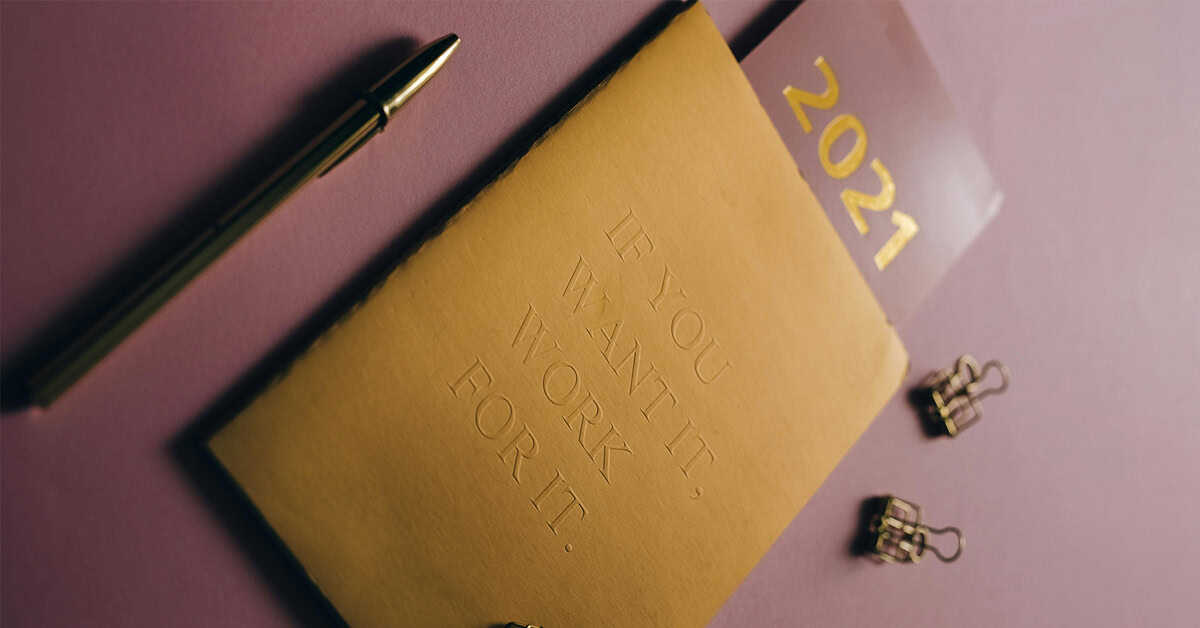
A debossed design on the cover of this planner makes the motivational quote feel engraved into the paper, adding depth and elegance.
3. Embossed vs Debossed: Which Finish Works Best for Your Brand’s Aesthetic?
When choosing between embossed vs debossed finishes, consider your brand’s aesthetic and message.
Embossing tends to give off a more dynamic, bold, and attention-grabbing feel, which is great if your brand’s personality is vibrant, luxurious, or playful.
Think of brands like high-end cosmetics or premium liquor, where embossing adds an element of elegance.
On the other hand, debossing is ideal for brands that value simplicity, sophistication, and subtlety.
It works well with minimalist designs and is perfect for brands that want to project an understated, refined image—think natural beauty products or eco-conscious brands that focus on quality without being flashy.
4. The Durability Factor: Embossed vs Debossed Finishes for Long-Lasting Packaging
Durability is a critical factor to consider when selecting your finish.
Embossed designs may be more susceptible to damage since the raised areas can get scratched or flattened more easily during handling, especially on lighter paper stocks.
However, embossing can still hold up well over time if done on sturdier materials.
Debossed designs, being recessed, tend to be more durable in terms of wear and tear, as the indented areas are less likely to get damaged.
Both finishes can add to the overall durability of the packaging, but debossing might be the better option for long-lasting packaging, particularly for items that undergo frequent handling.
5. Cost Comparison: Embossed vs Debossed – Which One Offers the Best Value?
Cost is always an important consideration when deciding between embossed and debossed finishes.
Embossing generally requires more intricate equipment, like specialized plates, and can take longer to execute.
This may lead to higher production costs, especially if it’s applied to large areas of the packaging.
Debossing, while also requiring specialized equipment, is often less expensive since it’s generally a simpler process in terms of both the application and the materials used.
However, the final cost will depend on factors like the complexity of the design, the materials used, and the scale of the production.
To get the best value, consider your packaging’s overall design and budget constraints.
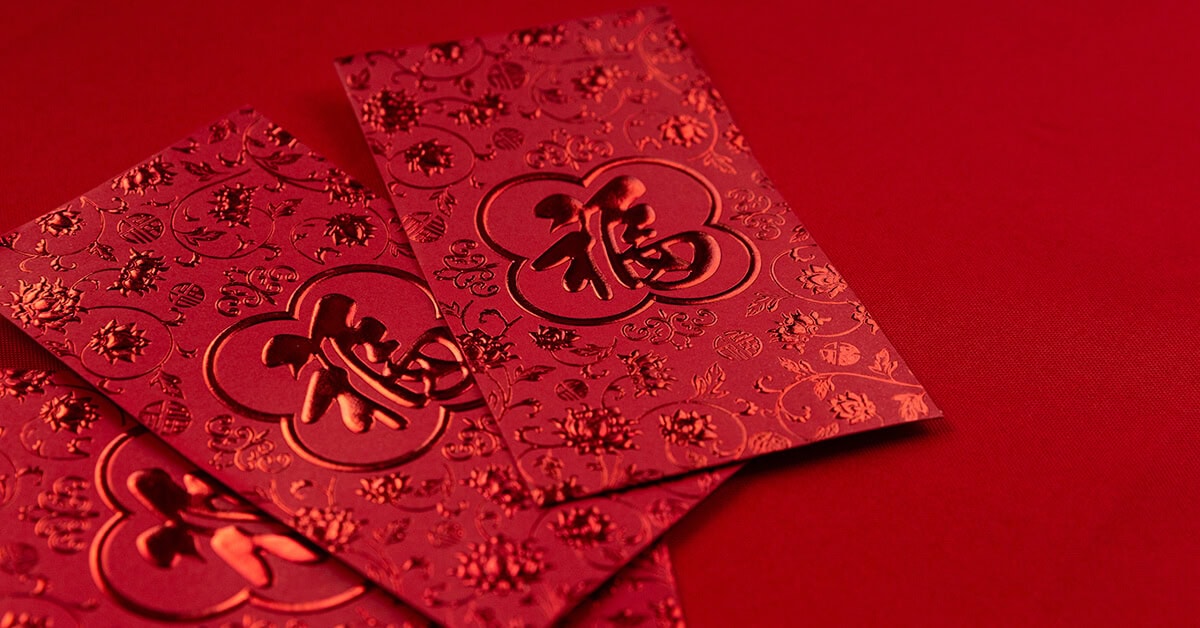
These embossed red envelopes carry the symbolism of good fortune, with intricate floral details and the character “福” for a festive touch.
6. Elevating Your Brand Identity with Embossed vs Debossed Packaging
Both embossing and debossing can significantly elevate your brand identity, but in different ways.
Embossing draws attention to the brand name or logo, making it stand out and leaving a lasting impression.
It’s great for creating a memorable, tactile brand experience. For high-end cosmetics or luxury brands, embossing helps communicate exclusivity.
Debossing, on the other hand, gives a more refined, professional look. It works well for brands that want to be seen as timeless or sophisticated, without shouting for attention.
Brands that focus on quality, sustainability, or high-end artisan products often favor debossing to emphasize their commitment to craftsmanship.
7. Embossed vs Debossed: Which Finish Is Better for Branding and Logo Design?
Your logo is the centerpiece of your brand, so choosing the right finish can make all the difference.
Embossing is ideal for logos or symbols that need to pop and be tactilely felt by consumers.
It draws attention to key brand elements, which is why it’s often used for prominent logos or text that need to stand out in a crowded market.
Debossing, however, adds a layer of elegance and subtlety to your logo design.
It’s often preferred when the goal is to create a refined, high-end look that speaks volumes through quiet sophistication rather than boldness.
For logos that already have a minimalist or sleek design, debossing can complement that aesthetic perfectly.
8. Color & Texture: How Embossed vs Debossed Finishes Interact with Different Materials
The effect of embossing or debossing can vary greatly depending on the material used.
For example, embossing tends to be most striking on glossy or textured papers, where the raised areas catch the light and create a sharp contrast.
Debossing, on the other hand, tends to look best on matte or textured papers where the indented design can stand out without the gloss overpowering it.
The choice of material can either enhance or detract from the effectiveness of these finishes, so it’s important to consider both the paper texture and your design’s intended effect.

These embossed red envelopes carry the symbolism of good fortune, with intricate floral details and the character “福” for a festive touch.
9. Embossed vs Debossed: How to Choose the Right Finish for Your Cosmetic Packaging
Choosing the right finish for your cosmetic packaging is crucial, as it directly impacts how your product is perceived in the market.
If your cosmetic brand focuses on luxury or premium products, embossing can give your packaging the high-end feel that matches your product’s quality.
It can also make the product feel more exclusive. If your brand’s aesthetic is more minimalist or natural, debossing could be the way to go.
It conveys sophistication and quality while maintaining a clean and simple look. Consider the personality of your brand, the target audience, and the type of products you offer when making your decision.
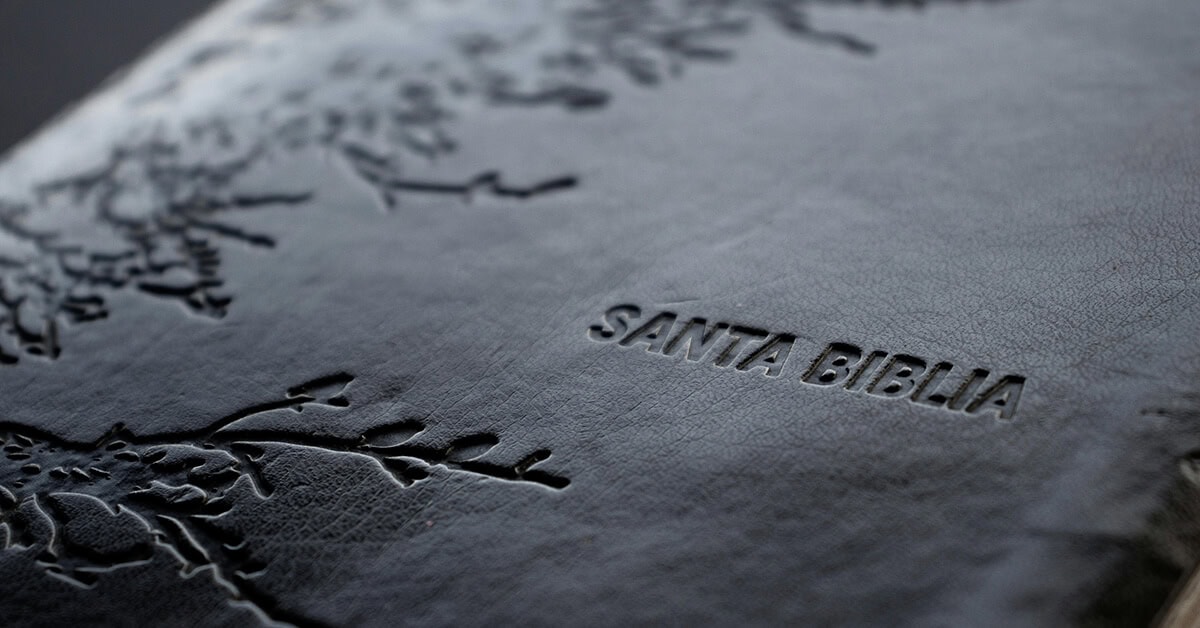
The debossed leather cover adds a touch of elegance to this Bible, with fine detailing and a clear imprint of the text “SANTA BIBLIA.”
Embossed vs debossed finishes are two popular techniques used to add texture and visual appeal to custom packaging.
Embossing creates a raised design, offering a bold, tactile effect that catches the light and draws attention, ideal for luxury or high-impact branding.
In contrast, debossing creates an indented design, offering a more subtle, sophisticated look perfect for minimalist or refined brands. Both finishes enhance the tactile experience and add depth to your packaging, but the choice depends on your brand’s aesthetic, durability needs, and budget, with embossing typically being more expensive and debossing being more cost-effective.
In the end, choosing between embossed vs debossed finishes depends on your brand’s personality, your design goals, and the impact you want to create.
Whether you opt for the bold, tactile appeal of embossing or the subtle elegance of debossing, both options can help elevate your custom packaging and make a memorable impression on your customers.
Take the time to consider your brand’s aesthetic, target audience, and budget—then choose the finish that best brings your vision to life.
Ready to give your packaging that extra touch? Let’s make it happen!
Click here to schedule a free consultation, and We’ll help you decide if embossing or debossing is the perfect match for your brand’s packaging goals.

